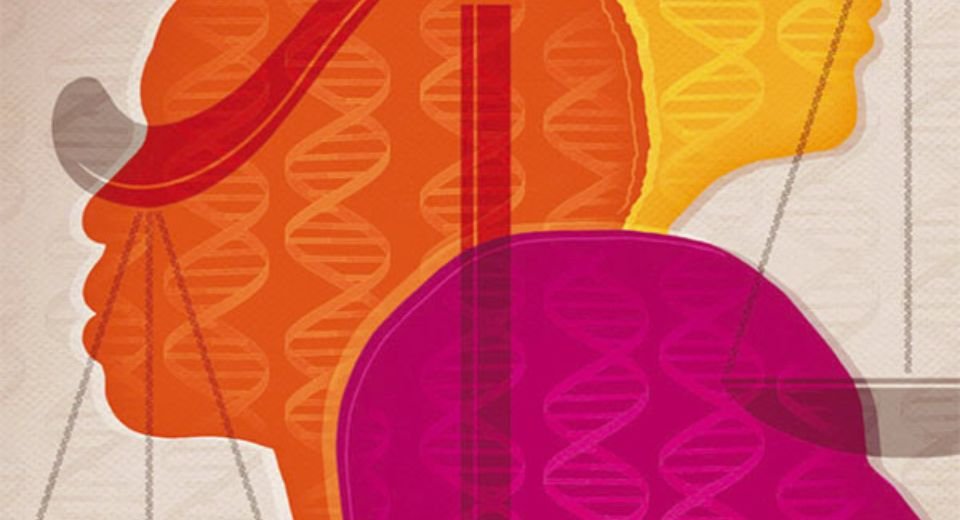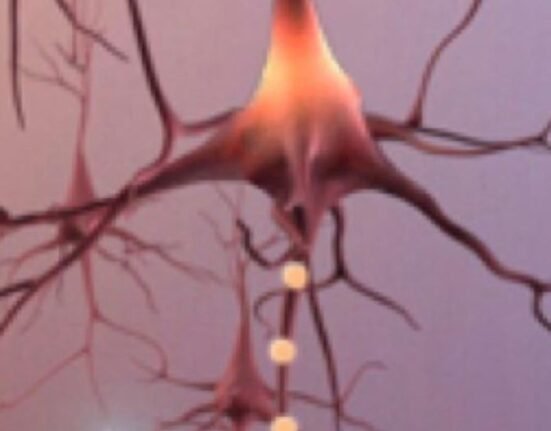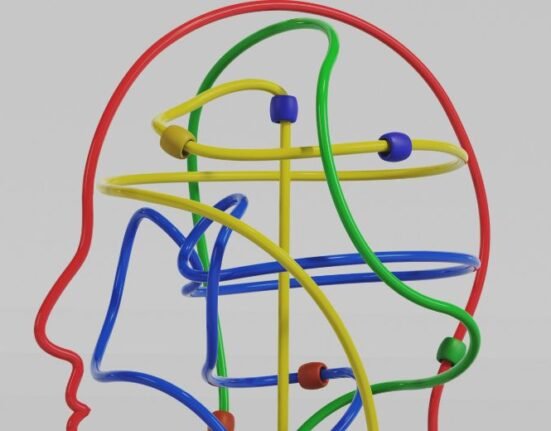HQ Team
October 23, 2024: Alzheimer’s disease has an initial silent and slow phase before the second stage of a destructive accumulation of plaques, tangles and other symptoms occurs, a brain-mapping study funded by the National Institutes of Health finds.
The new study suggests that the disease changes the brain in two “epochs” — or phases — with many of the traditionally studied changes happening rapidly during the second phase. This coincides with the appearance of memory problems and other symptoms.
The first stealth stage harms a few vulnerable cell types gradually and “quietly” before any symptoms appear, according to the study.
These changes include slow accumulation of plaques, activation of the brain’s immune system, damage to the cellular insulation that helps neurons send signals and the death of cells called somatostatin inhibitory neurons.
Scientists suggested that damage to the inhibitory neurons during the early phase may trigger the neural circuit problems that underlie the disease.
Excitatory neurons
Traditionally, scientists thought that Alzheimer’s primarily damages excitatory neurons, which send activating neural signals to other cells.
Inhibitory neurons send calming signals to other cells. The paper’s authors hypothesised how the loss of somatostatin inhibitory neurons might trigger the changes in the brain’s neural circuitry.
By using advanced genetic analysis, the researchers studied inhibitory neurons that are mostly located in the middle temporal gyrus, a part of the brain that controls language, memory and vision. The gyrus is vulnerable to many of the changes traditionally seen during Alzheimer’s.
In the stealth phase, scientists were surprised to find that the somatostatin inhibitory neurons were dying. The loss of these neurons might start the subsequent brain changes that underlie Alzheimer’s disease.
Plaques and tangles
Earlier studies have suggested that the damage caused by Alzheimer’s happens in several stages characterised by increasing levels of cell death, inflammation and the accumulation of proteins in the form of plaques and tangles.
Scientists arrived at their conclusion after mapping the brains of 84 people. Of these, 51 were women, 33 were men, nine had no Alzheimer’s, 12 had low Alzheimer’s disease neuropathological changes, 21 had intermediate, and 42 had high changes.
The researchers first used machine learning to quantify the progression of Alzheimer’s disease. Then they used a scale to rank the parameters.
“One of the challenges to diagnosing and treating Alzheimer’s is that much of the damage to the brain happens well before symptoms occur,” said Richard J. Hodes, MD and director of NIH National Institute on Aging.
“The ability to detect these early changes means that, for the first time, we can see what is happening to a person’s brain during the earliest periods of the disease.
“The results fundamentally alter scientists’ understanding of how Alzheimer’s harms the brain and will guide the development of new treatments for this devastating disorder,” he said.
‘Detect earliest cellular changes’
More than 55 million people have dementia worldwide, over 60% of whom live in low-and middle-income countries. Every year, there are nearly 10 million new cases, according to the World Health Organization.
Dementia results from a variety of diseases and injuries that affect the brain. Alzheimer’s disease is the most common form of dementia and may contribute to 70% of cases.
Dementia is currently the seventh leading cause of death and one of the major causes of disability and dependency among older people globally.
“This research demonstrates how powerful new technologies provided by the NIH’s BRAIN Initiative are changing the way we understand diseases like Alzheimer’s,” said John Ngai, PhD, director of The BRAIN Initiative.
“With these tools, scientists were able to detect the earliest cellular changes to the brain to create a more complete picture of what happens over the entire course of the disease.
“The new knowledge provided by this study may help scientists and drug developers around the world develop diagnostics and treatments targeted to specific stages of Alzheimer’s and other dementias,” he said.







